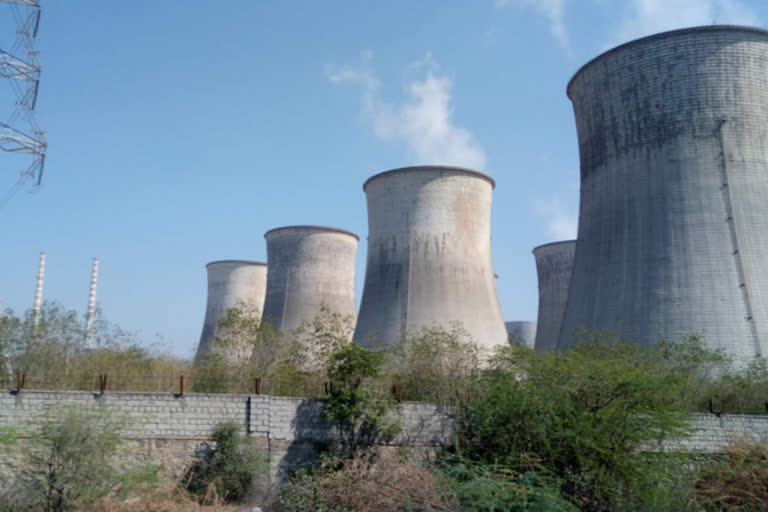New Delhi: The Meja Thermal Power Plant, Uttar Pradesh's first supercritical power plant, will be fully operational by December, MUNPL Chief Executive Officer (CEO) Asim Kumar Samanta said.
Meja Urja Nigam Pvt Ltd (MUNPL) is a 50:50 joint venture (JV) of state-owned NTPC Ltd and Uttar Pradesh Rajya Vidyut Utpadan Nigam Ltd (UPRVUNL).
The JV was incorporated in 2008 to set upa 1,320-megawatt (with 2X660 MW units) coal-based Meja Thermal Power Plant at Meja, about 45 km from the state's Prayagraj district.
"Unit -I of the supercritical plant has already been commissioned with effect from April 30, 2019. Unit-II is ready for declaration of commercial operation. It will be made operational by next month," Samanta told PTI.
"Following the commercial operation of Unit-II, the plant will be fully operational," he said.
The CEO said the plant is well connected by road to Prayagraj.
It has its own 28-km freight corridor that helps in bringing critical materials, such as coal, to plant by rail. The plant is also connected to river Ganga at Bijora village, through a network of about 30 km pipeline, to transport water for industrial purposes.
Also read: Uttar Pradesh: Mirzapur villages celebrate Diwali as mourning day
Meja Thermal Power Station is the first supercritical power plant (SCPP) of Uttar Pradesh, Samanta said.
He added that an SCPP has about 10 per cent higher efficiency compared to sub-critical power plants. "It uses 20 per cent less coal compared to them. Generates fewer carbon emissions."
A supercritical coal plant is a coal-fired power plant with more modern designs. It differs from traditional coal power plants as the water running through it works as a supercritical fluid.
This reduces the amount of heat transfer to the water which in normal cases is needed in a conventional coal plant. Therefore, less coal is used to heat the same amount of water.
"We are also carrying out various CSR (corporate social responsibility) activities in and around our plant. We have set up infrastructure for communities and planted trees," the CEO said.
When asked about the utilisation of power produced by the plant, Samanta said the electricity generated by it is supplied to several states and Union territories (UTs) through the grid.
"A major share of 82 per cent is consumed within UP, 5 per cent goes to Rajasthan, 4.8 per cent to Jammu and Kashmir (J&K), 3.6 per cent to Punjab, 2.8 per cent to Uttarakhand and the remaining to Chandigarh and Madhya Pradesh," he said.
Also read: Police inspector's daughter shoots brother in Uttar Pradesh
Currently, the plant is operating at a plant load factor (PLF) of 80-85 per cent, Samanta said.
In September 2020, MUNPL signed a Rs 942-crore loan agreement with Bank of Maharashtra for long-term project financing to part finance the capital expenditure and FGD (flue gas desulphurisation) related to 2x660 MW thermal power plant.
When asked about the timeline fixed by the company for installing FGD technology at the plant, the CEO said it will take another one year to complete the task.
FGD is a set of technologies used to remove sulphur dioxide from exhaust flue gases of fossil fuel-based power plants, and from the emissions of other sulphur oxide emitting processes such as waste incineration.
In addition to curbing pollution, the FGD system in a power plant produces gypsum as a by-product that has at least 90 per cent purity.
(PTI)



